Planetary Science
-
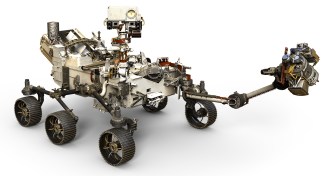 Planetary Science
Planetary ScienceNASA’s Perseverance rover will seek signs of past life on Mars
NASA’s Perseverance rover will collect rocks and search for past life on Mars using lasers and zoomable cameras among other instruments.
-
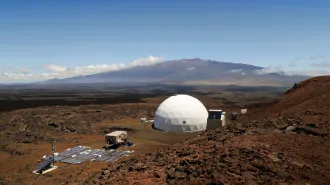 Space
SpaceTwo new books explore Mars — and what it means to be human
‘Once Upon a Time I Lived on Mars’ and ‘The Sirens of Mars’ are surprisingly apt reads during the pandemic.
-
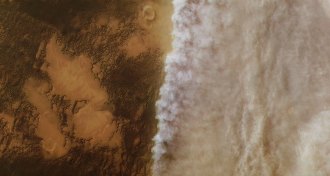 Planetary Science
Planetary ScienceHow upcoming missions to Mars will help predict its wild dust storms
Predicting the weather on Mars is essential for landing and keeping rovers — or astronauts — safe on the surface. The next Mars missions will give forecasts a boost.
-
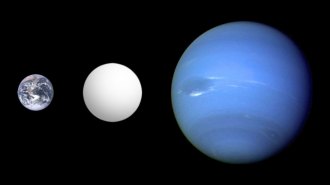 Planetary Science
Planetary ScienceSome exoplanets may be covered in weird water that’s between liquid and gas
“Supercritical” water, a corrosive substance used to break down toxic waste on Earth, coats some small worlds around other stars, simulations suggest.
-
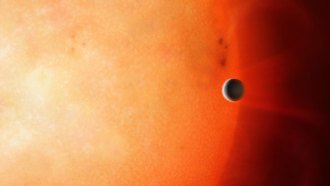 Space
SpaceA newfound exoplanet may be the exposed core of a gas giant
A planet about 734 light-years away could be a former gas giant that lost its atmosphere or a failed giant that never finished growing.
-
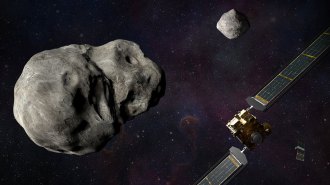 Planetary Science
Planetary ScienceAn asteroid’s moon got a name so NASA can bump it off its course
A tiny moon orbiting an asteroid finally got a name because NASA plans to crash a spacecraft into it.
-
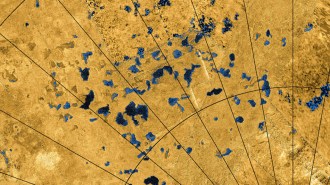 Space
SpaceFlat spots on Saturn’s moon Titan may be the floors of ancient lake beds
Bright radio signals from Titan indicate the presence of ancient lake beds in its tropics, a new analysis finds.
-
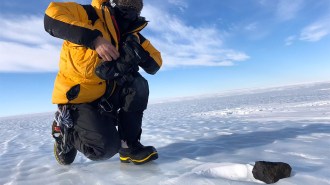 Planetary Science
Planetary ScienceMeteorites might be more likely to strike near the equator
Meteorites from Antarctica have helped scientists assess the total number likely to hit Earth every year — and where they are most likely to fall.
By Shannon Hall -
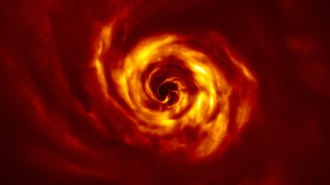 Space
SpaceStunning images of swirling gas and dust may show a planet forming
Infrared images show a spiral of gas and dust around a star 520 light-years away. A smaller, tantalizing twist hints at where a planet is coalescing.
-
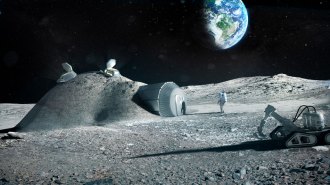 Chemistry
ChemistryAstronauts may be able to make cement using their own pee
Lunar dust and a compound found in urine could be used to build future dwellings on the moon, a new study finds.
-
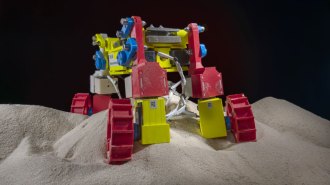 Tech
TechWiggling wheels could keep future rovers trucking in loose lunar soil
A rover that wriggles through soil could climb hills on the moon or Mars that are too steep for a simple wheeled bot.
-
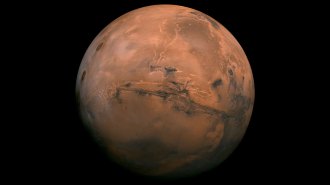 Space
SpaceSalty water might exist on Mars, but it’s probably too cold for life
Salty liquids may last for several hours on the Red Planet but be too chilly for any known microorganisms from Earth to survive, simulations suggest.